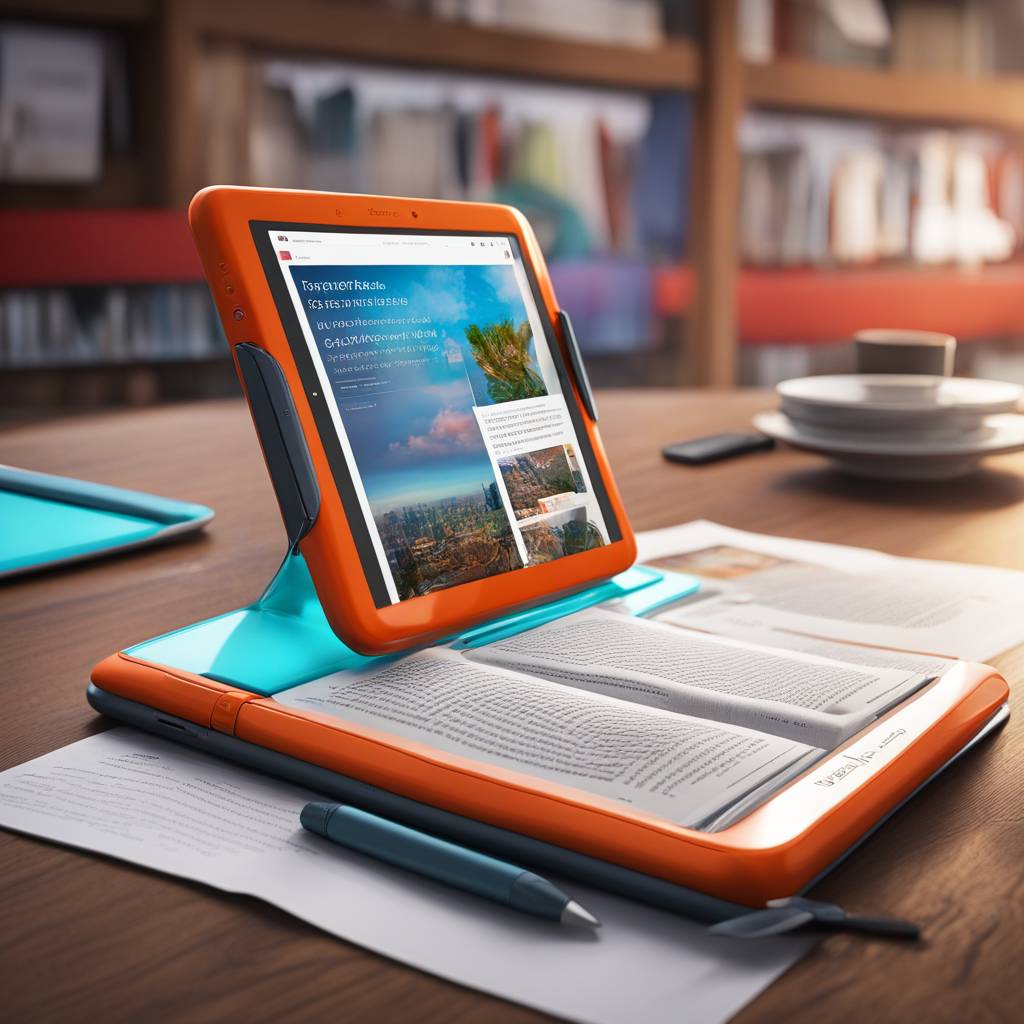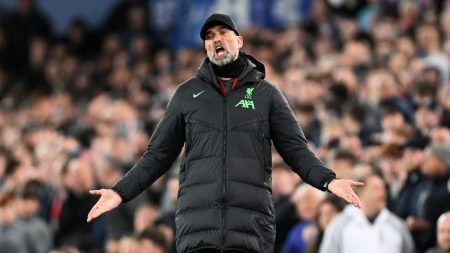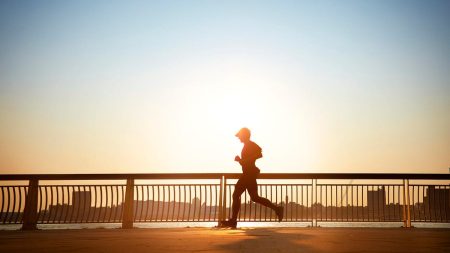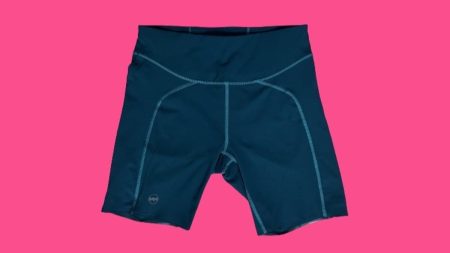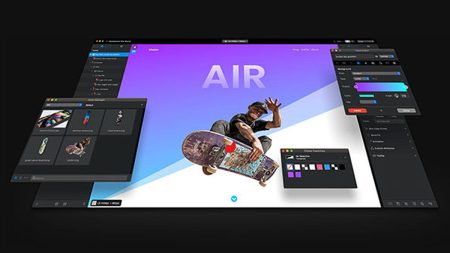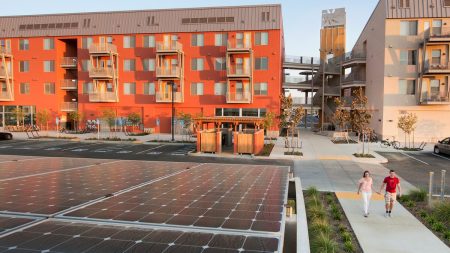When it comes to choosing an e-reader, one of the main decisions to make is whether to go with an Amazon device or not. While Amazon does dominate the e-reading market, there are alternative options available from brands like Kobo and Barnes & Noble. Open e-readers also allow you to import both DRM-protected and DRM-free file formats. Amazon now even allows you to send DRM-free ePub files to its Kindle e-readers, providing more flexibility for users.
Budget is another important factor to consider when choosing an e-reader. Amazon’s entry-level Kindle is the most affordable option, typically priced at around $100 but often on sale for as low as $75. For larger format e-readers like the Kindle Scribe, the price can go up to around $400. It’s essential to determine how much you are willing to spend and choose a device that fits within your budget.
Screen size is another consideration, with some users preferring smaller 6-inch screens while others opt for larger displays. The Kindle Paperwhite, for example, offers a 6.8-inch screen, providing a slightly larger reading area. For those who prefer a more tablet-like experience, there are even jumbo models with 10.3-inch screens available. However, it’s important to note that larger e-readers may be heavier and less portable than smaller ones.
Waterproofing is another feature to look for in an e-reader, especially if you plan on using it in places like the tub, pool, or beach. Models that are rated as fully waterproof can be submerged in water and still function properly. This feature can provide peace of mind for readers who like to take their e-readers with them on outdoor adventures or near water.
Lighting scheme and screen resolution are also important factors to consider. Advanced lighting schemes with more LED lights and adjustable brightness and color temperature can enhance the reading experience. Additionally, screen resolution and pixel density are crucial for ensuring sharp text and clear images. Aim for a pixel density of 300 ppi for optimal display quality, especially on larger screens.
Lastly, some users may prefer e-readers with physical page-turn buttons in addition to touchscreens. While touchscreens allow for easy navigation by tapping or swiping, physical buttons provide a more tactile experience for turning pages. This feature is a matter of personal preference, and some readers may find it more convenient and intuitive to have physical buttons available for page-turning.





